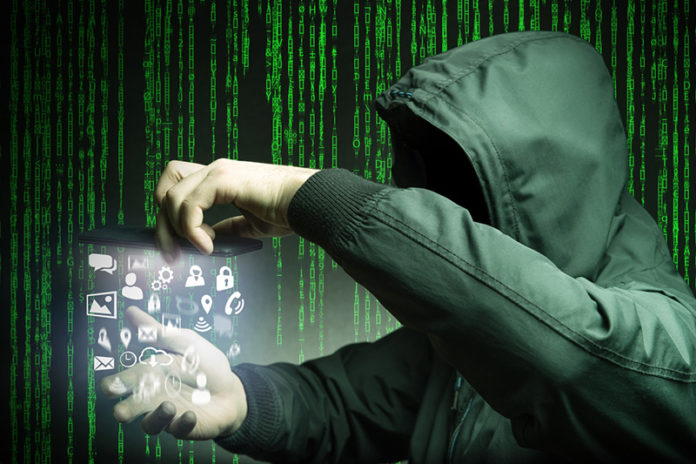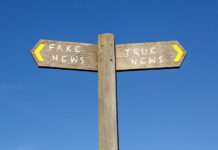YouTube, Facebook, Twitter and Microsoft are teaming up to remove extremist content, but who decides what should be banned?
Four of the top Internet Giants have decided to work together to share the specific “hashes” of digital content. Each video or photo is given a code and the major companies are going to share the codes in a database so each one can know what content is being banned in order to make sure it is banned across all platforms.
In a joint statement made by the companies, they are optimistic for the partnership.
“We hope this collaboration will lead to greater efficiency as we continue to enforce our policies to help curb the pressing global issue of terrorist content online.”
We still don’t know the definition of terrorist content.
Twitter has been a tool for ISIS, but has been known to ban Conservative voices like Milo Yiannopoulos for making fun of a Ghostbuster.
Would Twitter consider this terrorist content?
#KillTrump is trending . . . globally . . . are people surprised by that? Karma is a bitch. #DonaldDoucheBag is getting back what he put out
— J.M. Henry (@hjmnyc) November 30, 2016
Apparantly not, it is still Twitter as well as tens of thousands of other tweets that use the hastag #KillTrump or similar death threats.
Just about every American agrees that ISIS propaganda should be cleaned from social media. They shouldn’t be allowed to recruit people for violence on any social platform.
The problem comes when Twitter bans people like Milo and allows tweets with #KillTrump.
America shouldn’t be worried about Twitter and other companies targeting terrorist content, but we should be concerned about what they consider terrorist content.
Do you trust Twitter and the other companies to define what “terrorist content” means? Let us know in the comments below.





























